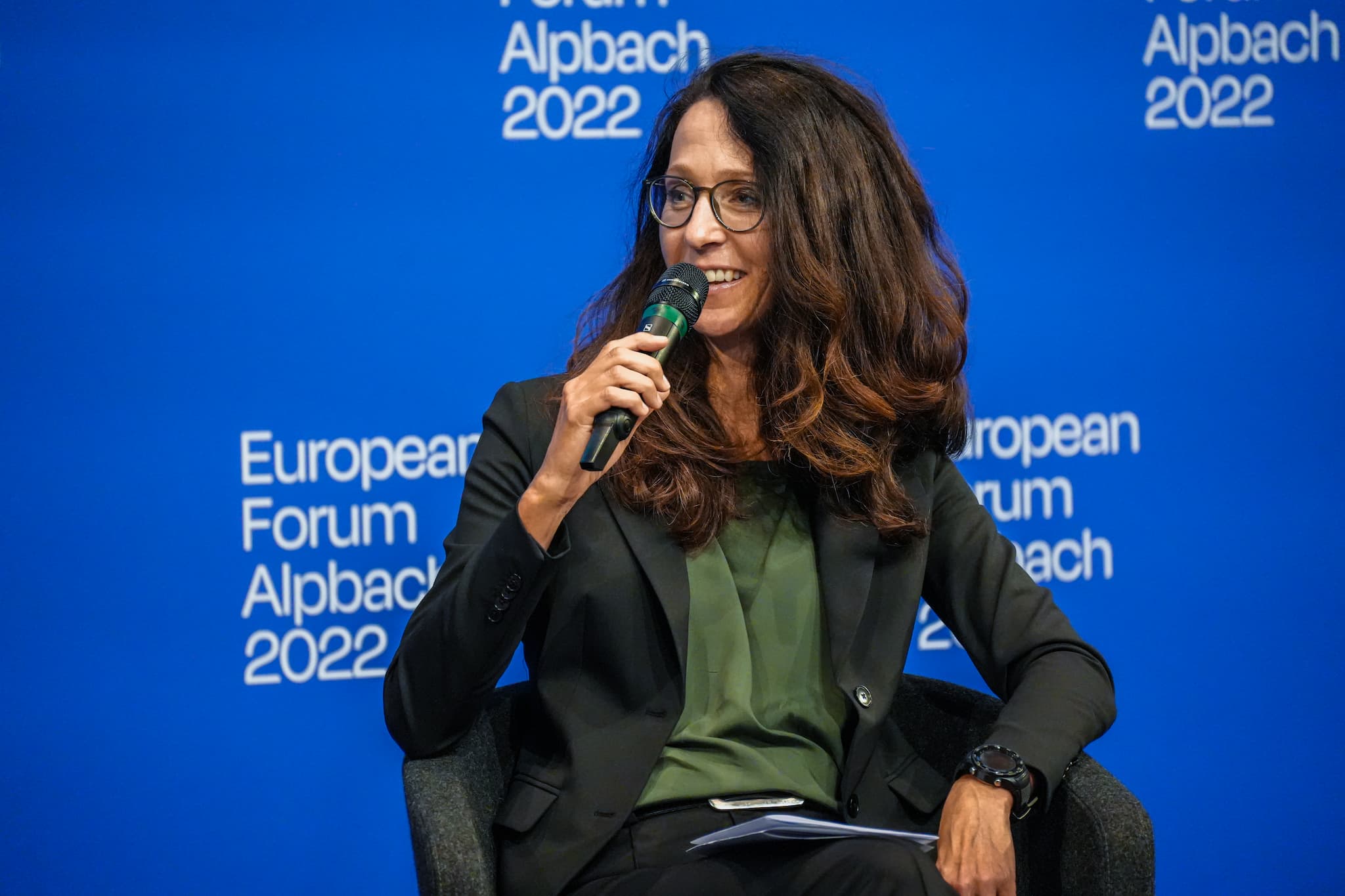House insulation made of wood bark, bio-based glues and wood-hybrid components for the mobility industry – visions and real solutions for a living bioeconomy inspired the audience at the first official appearance of the Austria-wide network “Bioeconomy Austria” at the annual Forum Alpbach in the Tyrolean mountains. A new era of sustainable thinking is being heralded.
Buzzwords like circular economy and bioeconomy are currently on everyone’s lips – not least because companies of all sizes and from all sectors have to deal with them. Even companies that position themselves along the wood value chain have to develop new concepts on how the sustainable raw material wood can be kept in the cycle for even longer. “The more use stations we find for wood in use and the more bio-based residues from production are put to long-term use, the more CO2 is bound,” explains Martin Greimel from BOKU. But also the development of solutions to bring wood into completely new applications – such as mobility – is becoming a necessity in achieving our climate goals. As part of the joint initiative “Bioeconomy Austria”, Innovation Salzburg, Holzcluster Steiermark and BioBASE were able to convince the audience at the Alpbach Forum of the solutions that already exist in Austria and the visions that are currently being pursued in research.
The struggle for resources makes cyclical thinking necessary
The use of wood is considered sustainable per se – but due to the finite availability of resources, it is becoming necessary to find concepts to also keep this raw material in a cycle in the longer term. “The available biomass from the forest offers potential that can and must be used. We have to bring the bioeconomy into practice,” explains Sonja Geier from the Lucerne University of Applied Sciences and Arts during her keynote speech. However, in order for the bioeconomy to become attackable, it needs a comprehensive basis, which already has its origins in the education of professionals. “If the scientific work in education is closely linked to the economy, you not only recognise upcoming trends, but also increase tolerance in the implementation of new concepts,” Alexander Petutschnigg from the Salzburg University of Applied Sciences clarifies.
A concrete example of a successful transfer from science to industry is provided by Bernhard Lienbacher with his company “Barkinsulation”. He has made use of the insulating effect of bark and developed, among other things, insulation for houses. In this way, he not only brings previously little-used biomass in the form of bark into the material cycle, but also generates new regional added value and jobs.
Michael Kunz from Metadynea, a representative of the chemical industry, was also part of the panel in Alpbach. For him, the reason is obvious: “The chemical industry functions as an enabler to make the processed raw material wood bioeconomic and recyclable in the first place. We also see ourselves as a bio-glue supplier in the future.”
As an energy provider, Salzburg AG is also looking for new solutions to counter the energy crisis and climate change. “There is a struggle for resources and usable biomass. There is no biomass being thrown away at the moment. We have to push cascading use and further increase value creation through the best technologies,” explains Executive Director Brigitte Bach.
New business fields for companies and opportunities for wood in mobility
Exciting scientific questions and visionary companies that support them are needed – Horst Bischof, Vice Rector of TU Graz, and Martin Karner, CEO of Weitzer Woodsolutions, agree on this at the podium. Karner adds: “Our approach is to bring wood to where it has already been. There have already been cars or aeroplanes made of wood. Our goal is to revive that way.” From the original question, “What application can wood find in cars?”, scientifically sound data has emerged over the past decade that makes it possible to digitally simulate wooden components. “The developed wood-hybrid components are thus not only competitive in the simulation compared to conventional components, but also deliver what they promise in the real tests,” explains Thomas Krenke from the Innovation Centre W.E.I.Z, which is significantly involved in this path with R&D projects such as WoodC.A.R. or CARpenTiER.
But companies in the mobility sector are also taking notice of the material and researching what applications are possible. “With the newly developed high-speed train, we have managed to use between 35% less energy through new ways and new technologies. This shows that new technologies, new approaches and consistent implementation can lead to considerable added value. Wood is exactly such an innovative approach. This technology can offer a solution to current challenges such as lightweight construction requirements, reduction of C02 emissions, short supply routes and regional value chains,” explains Innovation Manager Alexander Prix of Siemens Mobility. The BMW Group is also addressing the issue and putting recycling at the centre of attention. “With the Design for Recycling, we started from the back and asked ourselves how we can build the components in such a way that they can be dismantled and are still usable in a second use,” describes Stefan Könsgen from the BMW Group. Furthermore, he adds, “bio-based material creates the potential to reduce the CO2 footprint and reduce dependence on fossil raw materials. It can also be used to achieve a value that is CO2 negative.”
“The basic ideas of Forum Alpbach and “Bioeconomy Austria” have some parallels. Both want to bring science, politics and business together and thus work for a more sustainable “New Europe” – as the motto of this year’s forum shows,” Werner Balika from Innovation Salzburg, Christian Tippelreither from Holzcluster Steiermark and Thomas Timmer from BioBASE are satisfied.
